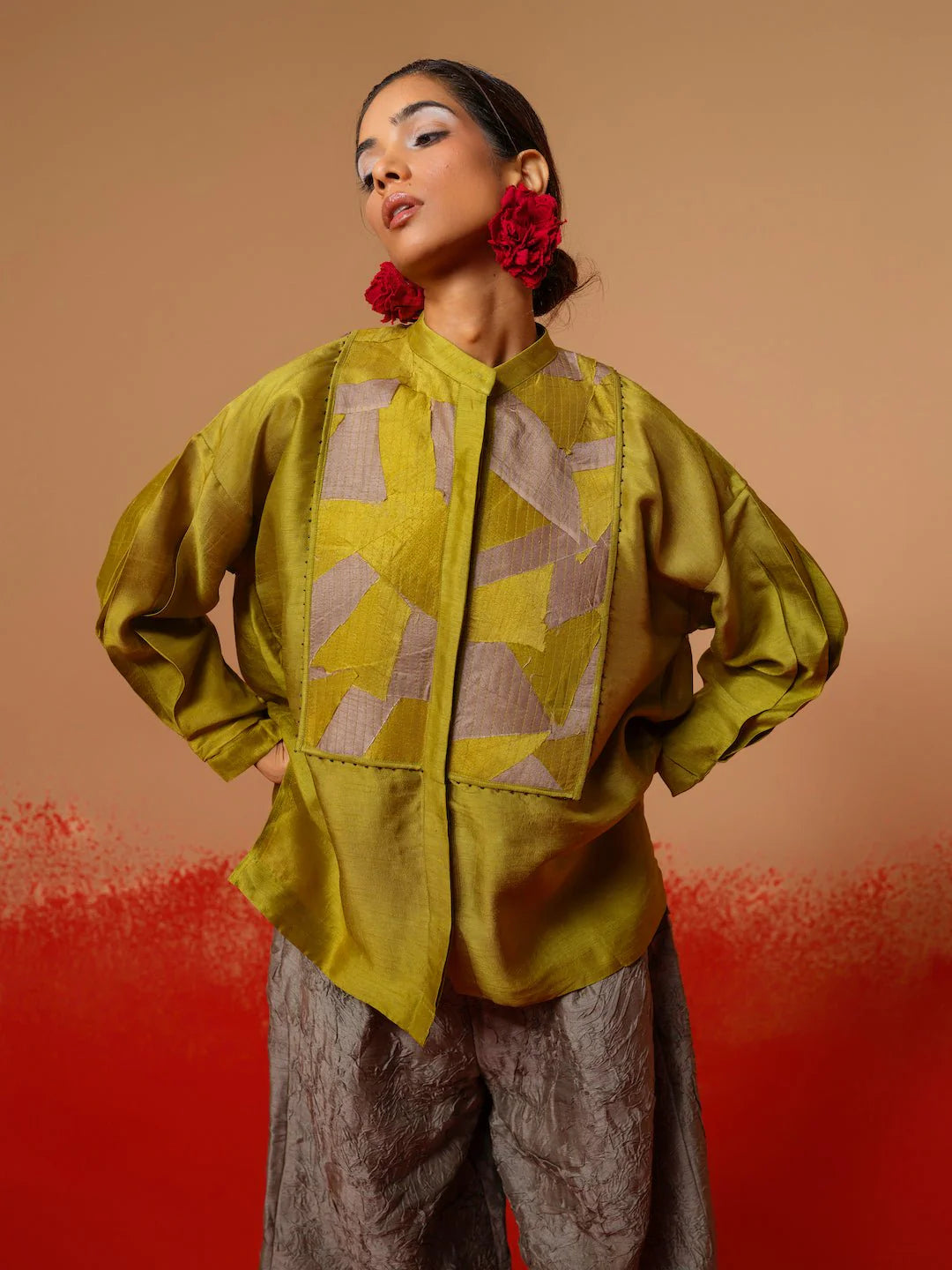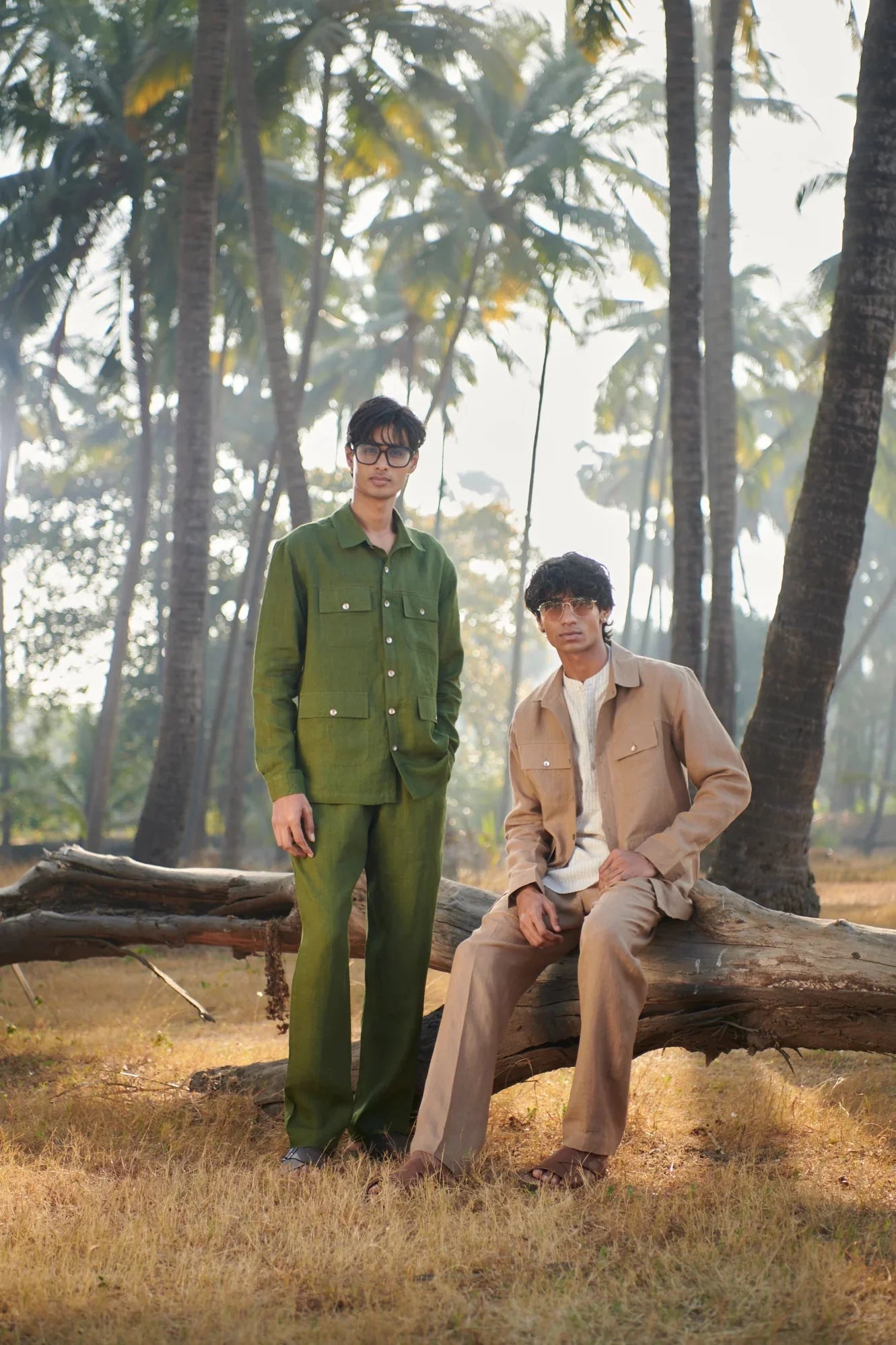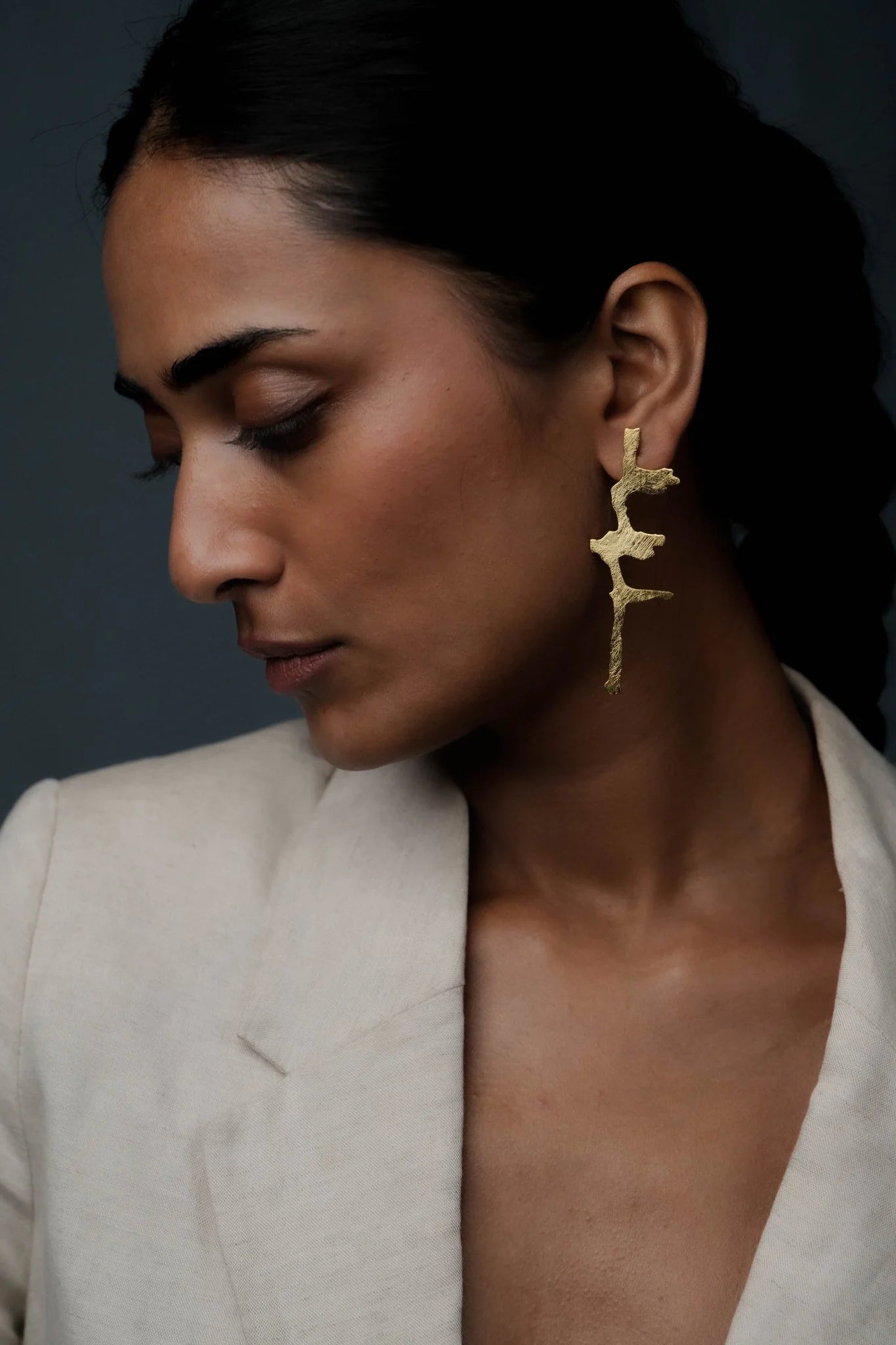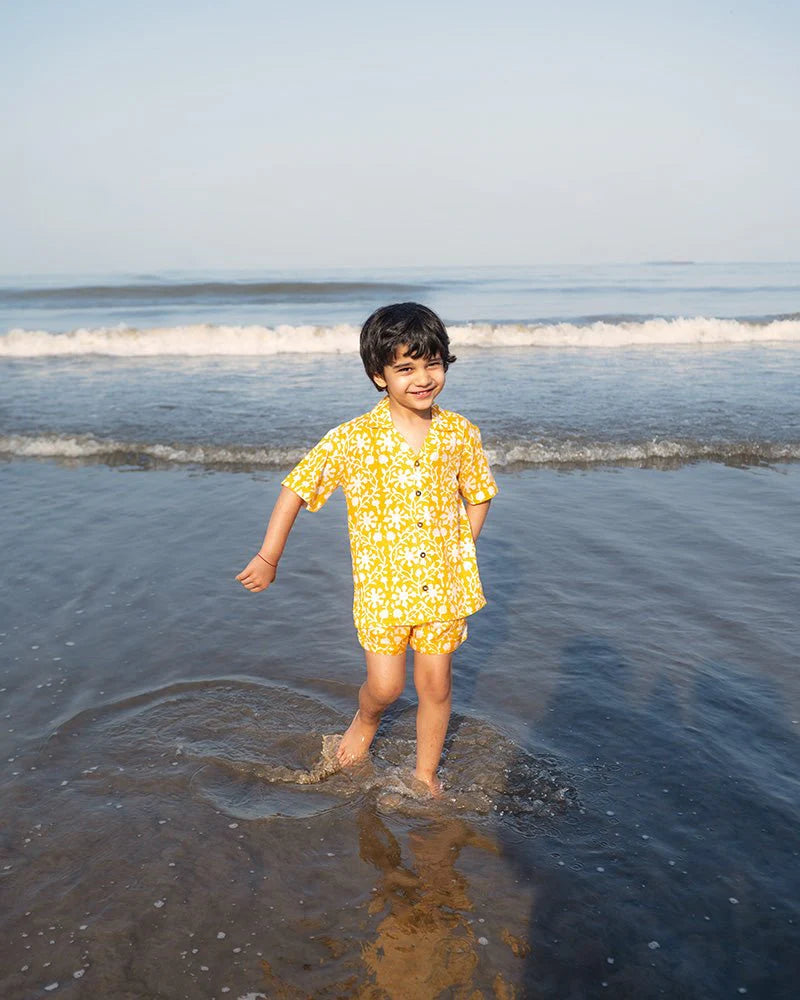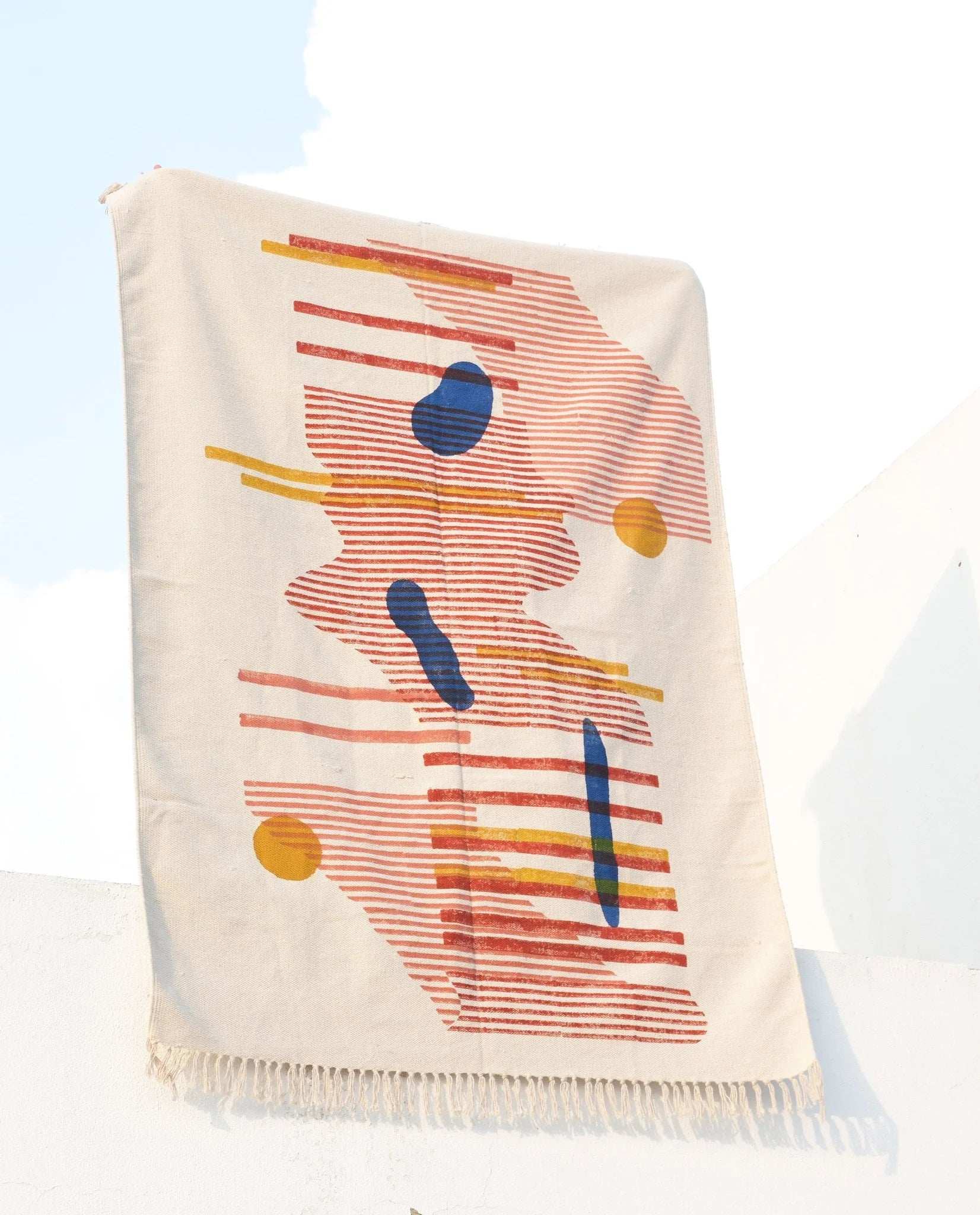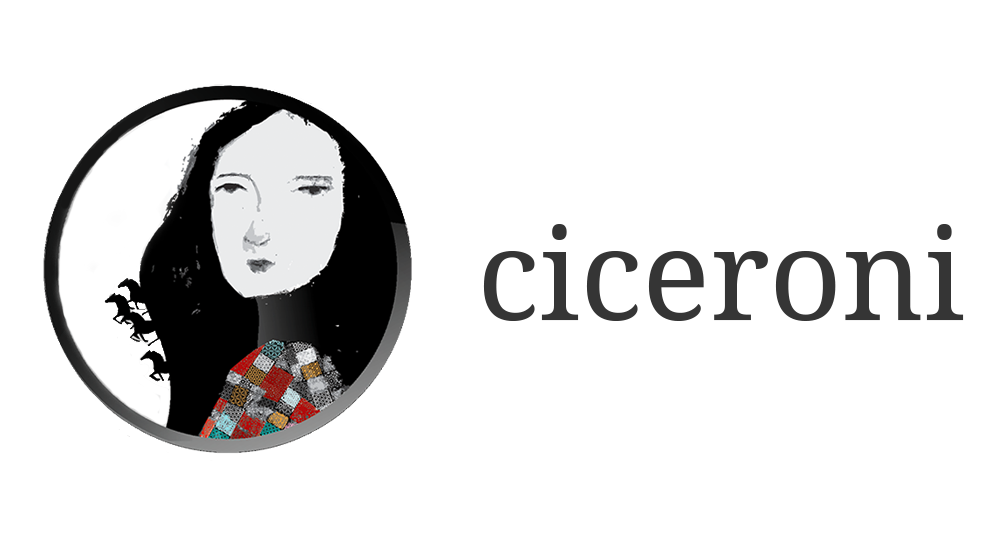
We have come a long way from the times that endorsed these gender biased statements and called the power dressing fashion illegal.
Sleek, simple, and most essentially, practical, nothing more speaks of Power, Freedom and Demeanour more than the versatile power suit. From board rooms and politics to red carpets and films, the suit has revolutionised the fashion industry by being iconic in its appearance even after receiving harsh criticism from fashion police and society of that time.
Chanel’s very first suit back in the 1920s spoke of the signature clothing style of the Suffragette movement. There was no looking back thereafter; work wardrobes today are brimming with more options than ever. Fabrics have become more comfortable and luxury fashion brands like House of Dior, Donna Karan, Giorgio Armani, Yves Saint Laurent, Dolce & Gabbana, Prada, Zara, Marks & Spencers and Van Heusen have become pioneers in the power suit segment showcasing a cultural shift and representing women empowerment.
So who smashed the glass ceiling to bring forward this gender defining fashion?
During the beginning of the 19th century, women were forced into corsets. Coco Chanel freed women from the restrictive corsets by designing the now iconic Chanel suit that consisted of a jacket and skirt, which was then known as “woman’s uniform”. The Chanel suit began its reign as a wool-jersey cardigan style jacket, iconic gold buttons and pockets worn with a simple, straight knee length skirt.

In the 1930s and ’40s, Hollywood celebrities like Marlene Dietrich and Katherine Hepburn appeared on public platforms in the classic white shirt and tie and sometimes even in tuxedos and became a huge influence on women willing to experiment with their style and shape out their own fashion identity.


The 1960s was the era of change. Cool, boxy jackets with bracelet length sleeves paired with micro mini skirts in daring pop colors empowered the new generation of women to embrace power dressing. Yves Saint Laurent was the first fashion couturier to present the suit as a form of women’s evening wear in the 1960s. Saint Laurent progressed the idea of gender fluidity by working on a unisex model, which attracted the likes of women’s rights activists Emma Watson and Angelina Jolie, who both wore the suit to red-carpet events.

Ahmedabad based Image Consultant Rebecca Sudan, throws light on the history of power suits entering a modern woman’s daily life as she points out saying “In the earlier decades, like in the 1970s, when women were fighting hard to enter the corporate world, Power dressing marked the need to ‘blend in’. Whereas, in the immediate decades thereafter, Power dressing was no more about haberdashery. By 1990s there was a swift shift towards a more fiercely feminine brand of power. Narrowed waistlines, bold hues, and cold shoulder cut-outs marked the first step of women’s power suit. Cut to 2019, room for comparison is shrinking. Women are redefining power suits by celebrating their identity; be it floral jackets, sneakers, yellow bodycon, slouchy or trimmed suits- we are oozing power.”
The power dressing movement in the 1980s and ensembles designed for cinema and television soaps like ‘Working Girl’ and ‘Dynasty’ changed the fashion game. Later during the same decade, Jil Sanders’s ‘less and luxe’ design mission brought a sea change with the stripped-down suits in neutral colors and unusual textures. The first trend officially hit the catwalk during Sander’s show in Milan, where Rodolfo Paglialunga added extra- large shoulder pads to almost every look.

The power suit of the ’80s flipped and turned into power skirts as the ’90s rolled up. Donna Karan’s spring collection during the 90’s involved wide-legged pants, ankle-length skirts, ruffled poet’s shirts, and structured jackets. And just then, Madonna revolutionized the masculine suit by pairing it with a conical corset, both designed by Jean Paul Gautier.
Was suit used as a tool to express gender equality?
Expressing his thoughts on the changing notion of wearing power suits to express gender equality, Ashish Gurnani- Co-founder of PostFold, a workwear brand for modern woman, said ” A famous quote by Lady Gaga is apt – As a woman who was conditioned at a very young age to listen to what men told me to do, I decided I wanted to take the power back. Today I wear pants. In this suit, I felt like me today. In this suit, I felt the truth of who I am well up in my gut. It isn’t about aping men’s fashion anymore but about wearing what makes us feel powerful and confident about ourselves.”
With a huge influence of the western culture, the norms of power dressing are still evolving with most of us still adorning sarees to almost every formal occasion back in India. Despite the western influence of the need to wear ONLY formal black, grey and navy suits to meetings, India’s demographics and culture has been less adaptive to this 3 piece suit but rather accepts six yards saree as the formal attire.
Ashish Gurnani, however, believes otherwise with his experience at Postfold and shares “From wearing delicate linen and cotton sarees to work after independence to creaseless and manageable polyester thereafter, shifting from sarees to suits and formal work wear is how women in India have embraced power dressing in their own way. Rekha was one of the first to show the women of India a new form of power dressing with her sharp western silhouettes enhanced with shoulder pads. Later this trickled down to other stars and models in the country. There are still many who prefer wearing sarees and salwar-kameez to work, but a growing number of working women are embracing the notion of power dressing. This is either dictated by company dress codes or as a personal preference.”

With plunging necklines and invasion of pop colors, Power suits today have become ultra-luxurious, sassy and structured and have surpassed the 9 to 5 grind. Take cues from celebrities like Gigi Hadid, Megan Markle, Cate Blanchett and the most recent one being Sonam Kapoor Ahuja in a scintillating pristine white tuxedo designed by Ralph and Russo at the 72nd Cannes Film Festival -architectural shoulder pads, double-breasted jackets, long train, and the classic heels.


Saint Laurent, who famously gave us the Le Smoking tuxedo, brought his signature style back in time for his latest Spring/Summer 2019. In Alexander McQueen’s Autumn/Winter 2019 edit, models were dressed in menswear-inspired grey suits that were strikingly teamed with fitted jackets with draped sashes of raw-edge fabric. The season also saw a lot of lace that first seen in the Cruise collection. Victoria Beckham’s spring/summer 2019 collection saw intricate lacework that was reworked into masculine silhouettes.


TRENDS TO WATCH IN 2019
Trend charts this year revolve around power suits that are more feminine in their tailoring and silhouettes and according to Ashish Gurnani and Rebecca Sudan, paper bag waisted trousers, pleated panel trousers, high rise trousers, oversized jackets, and faux leather or metallic pantsuits are going to be huge this season.
Be it wearing for a brunch or a cocktail party, work or on your first date, steal the looks from the runway or the red carpets and welcome them straight into your wardrobe by shopping from brands like Postfold, Label Life, Zara, Fable Street, Van Heusen, Park Avenue and House of Moutika. They are not only perfect for Indian body type but also apt as you transcend from monotonous 9 to 5 grind to the ‘breaking free’ after work party.
ZARA: For the Fashion Forward


PARK AVENUE: For the Boss Lady

FABLE STREET: For the Femme Fatale


THE LABEL LIFE: For the Corporate Trendsetter

Suit up and Show up!

